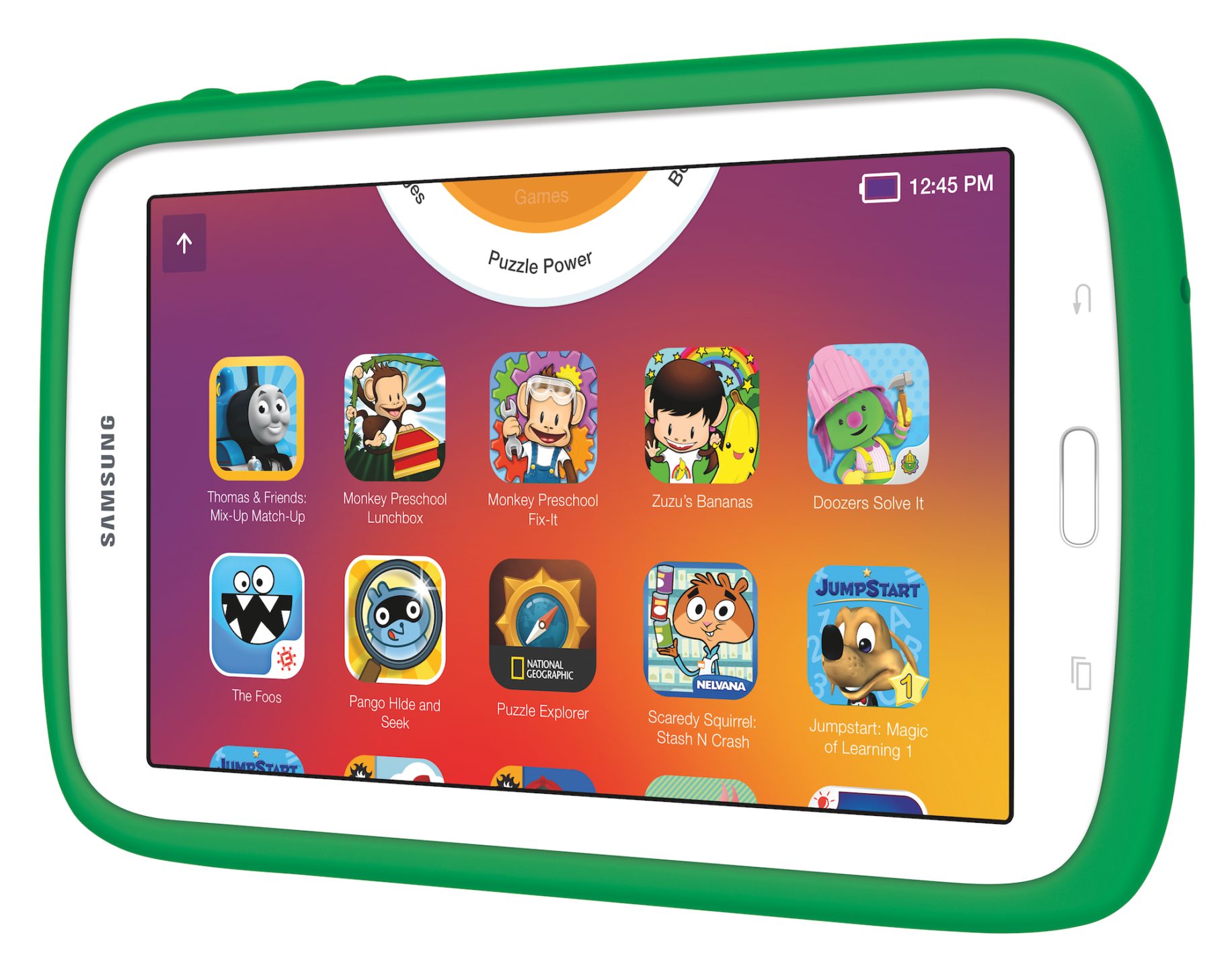The Indie Market
This week, Kickstarter released a year-in-review report that demonstrated the viability of the independent game market. Over 2.2 million people around the world used the site in 2012 to fund crowdsourced projects, from films to tech, and contributed almost $320 million ($17,659 per project and $607 per minute). A handful were wildly successful — 17 projects raised more than $1 million each. Among the categories, games led the way with $83 million pledged. A half million people backed the 2,796 game projects, a third of which were ultimately funded. Cards Against Humanity was singled out in the report as a success story by topping the Amazon charts, selling 100,000 copies.
“We are on both sides of the transaction,” says Smith of Kickstarter. “We run the prototypes they do before they run the campaign, and we produce the rewards or the games themselves after the campaign is over.”
A board game called Boss Monster made over $200,000 with Kickstarter in November on a $12,000 ask. Prior to the campaign, the Brotherwise Games prototypes had been produced through The Game Crafter. In addition, one of the rewards the campaign offered was a chance to get an early playtest copy and help influence the end version of the game.
“These are games that would not get funded by [traditional] publishers,” claims Smith.


Boss Monster is a successful Kickstarter card game that relied on The Game Crafter for prototypes and rewards.
The success of Kickstarter as a channel for independent game development is one of many signs that the industry has shifted. Minecraft is the biggest success story for independent video games, with Christmas Day sales topping 450,000 licenses. As of December 13, the franchise had sold over 17.5 million copies, including 5 million of the mobile apps. Smith is quick to point out that Angry Birds also came from an independent studio, and at one point, Zynga was an indie. When IGN announced their end-of-year best games countdown, five of the ten nominees were made by small studios, including the winner.
“It’s not Activision or EA building those games,” observes Smith.
The social mechanics and mobility of gaming constantly alter the landscape for designers, affording new opportunities to find players but making it risky to rely too much on any one platform. “A few years ago, everything was on Facebook,” says Pottmeyer. “Now, Zynga just shut down about 11 of their games. You have more hard core games with a smaller audience, but they are finding that audience.”
TGC is helping, too, by increasing the speed to publication for niche game designers. That is something that threatened the established order the moment The Game Crafter robots began printing pawns and cards.
“When we first started, in the industry we were looked at as heretics,” says Smith. “There was a meeting that happened between industry people at GenCon the first year we showed up. It was a closed-door meeting; we were not invited. What they were talking about I’m not sure, but the title of the meeting was, ‘The Game Crafter.’ We got a memo that somebody handed to us telling us that the meeting was happening.”
Last year, however, Smith noticed a reversal of fortune. A number of games in their shop began to have success elsewhere. One of them — Jump Gate — won GAMES Magazine board game of the year, and three more games produced by TGC were in their top ten this year.
“Now these traditional studios are looking at us as their prototyping department,” says Smith, “and also as a place to scout talent for their next game.”

